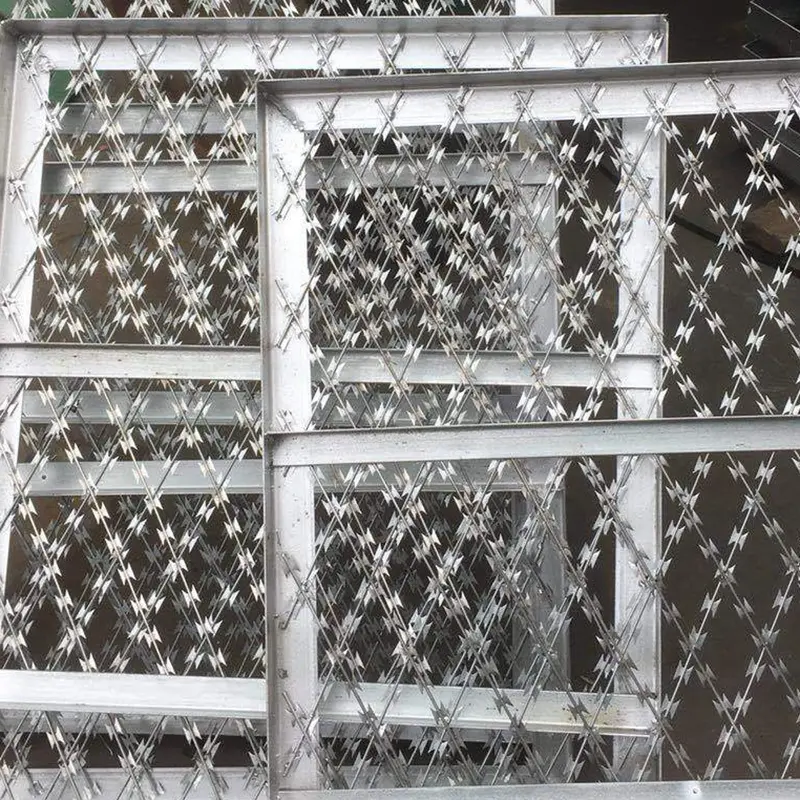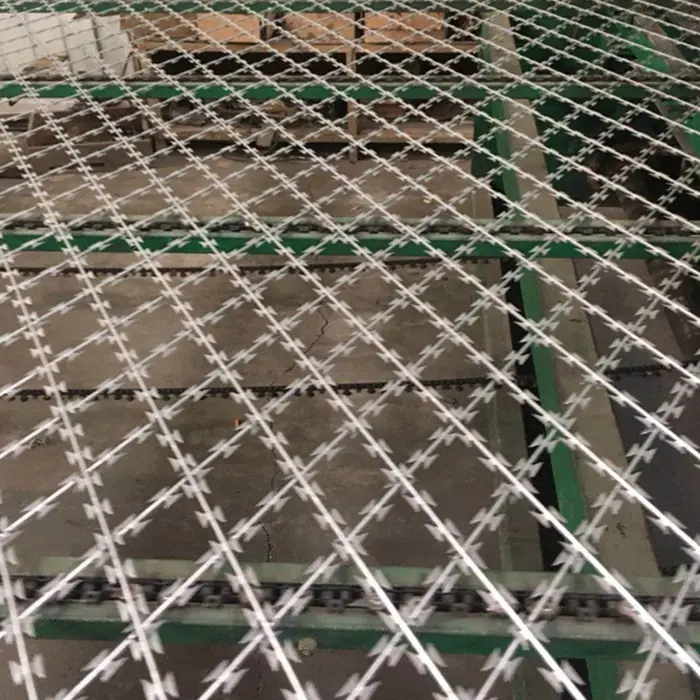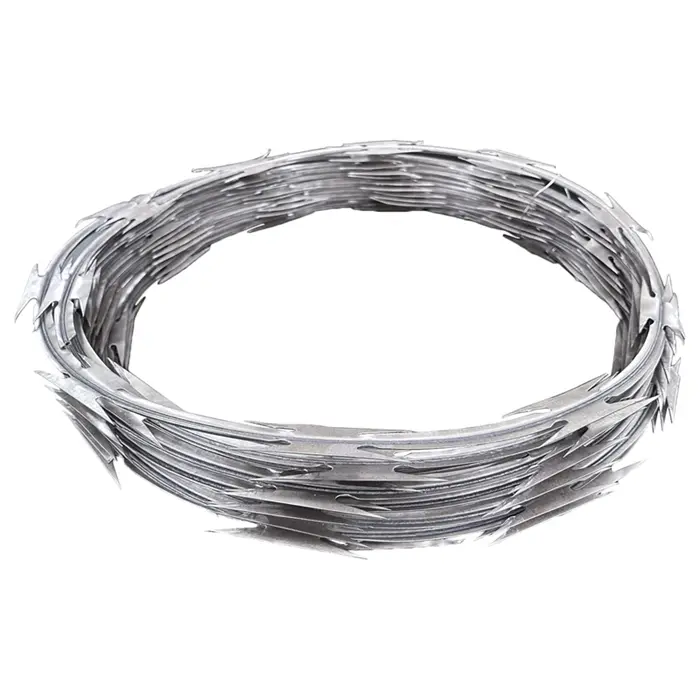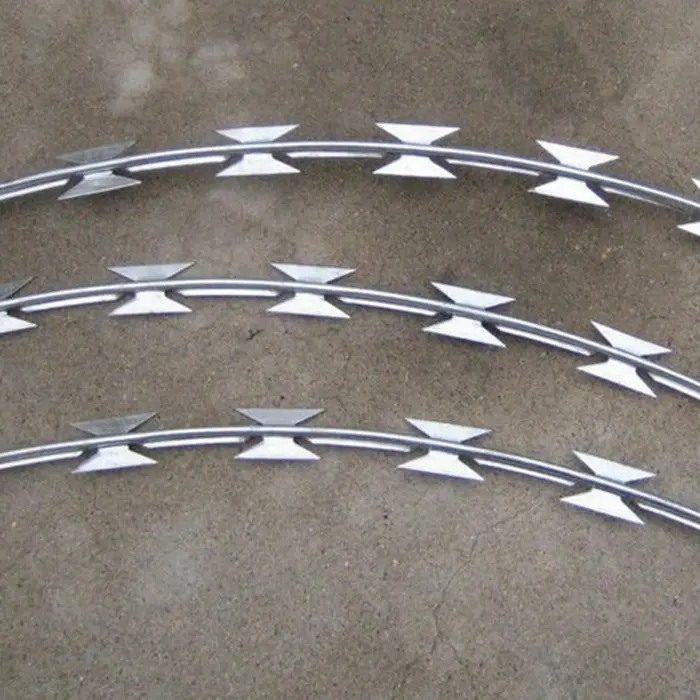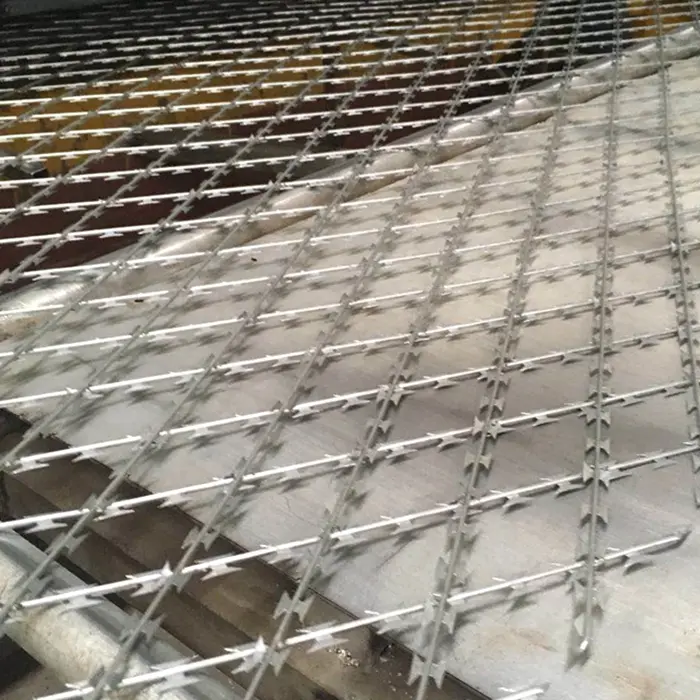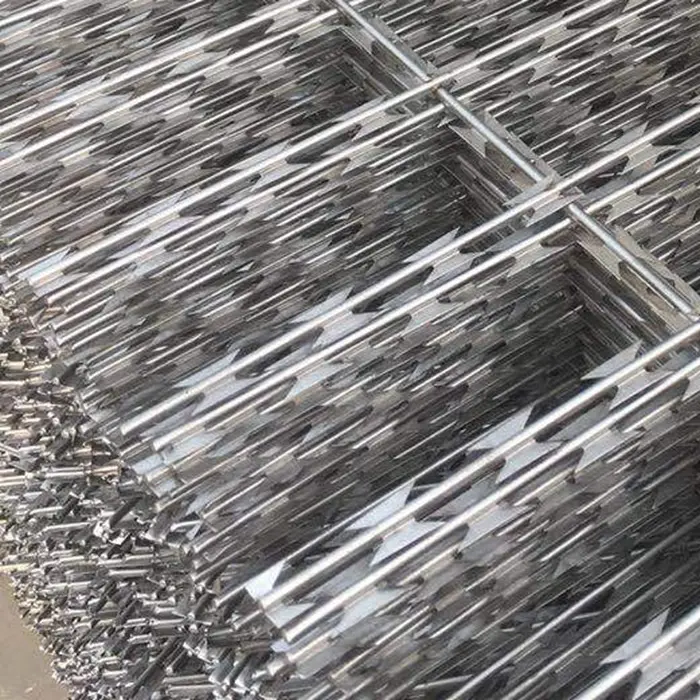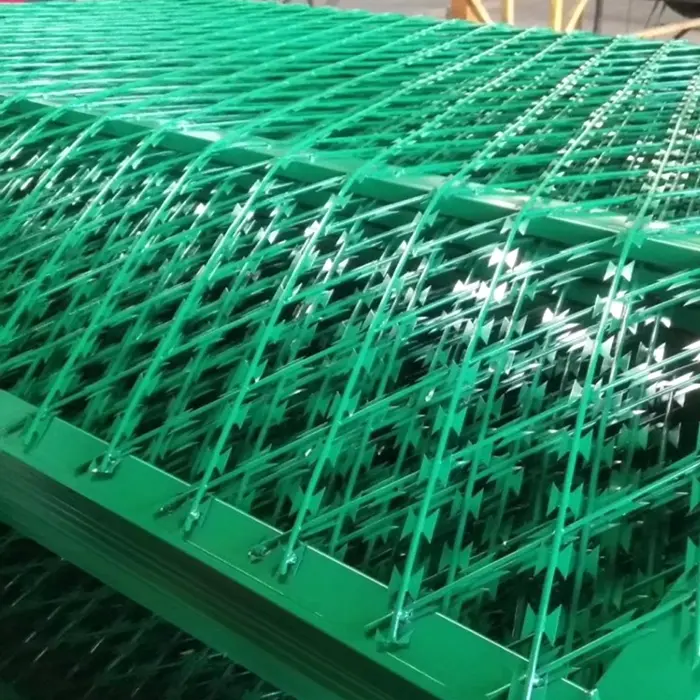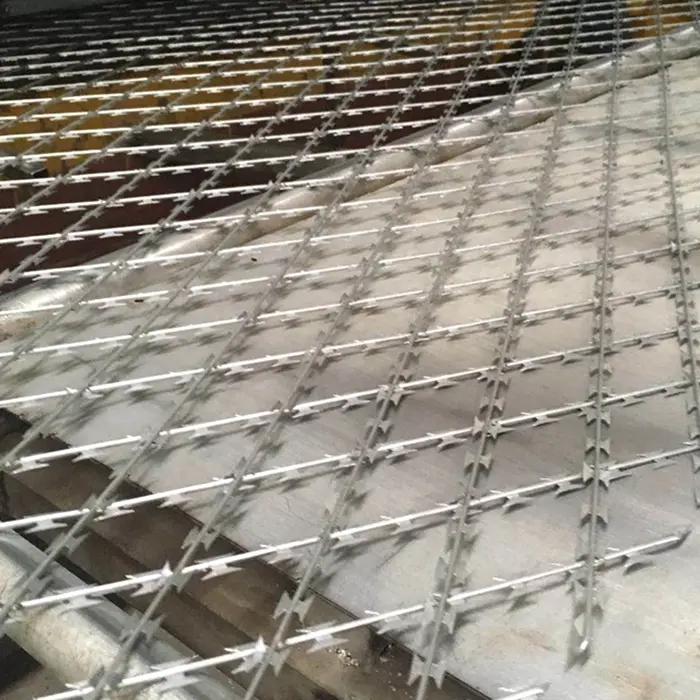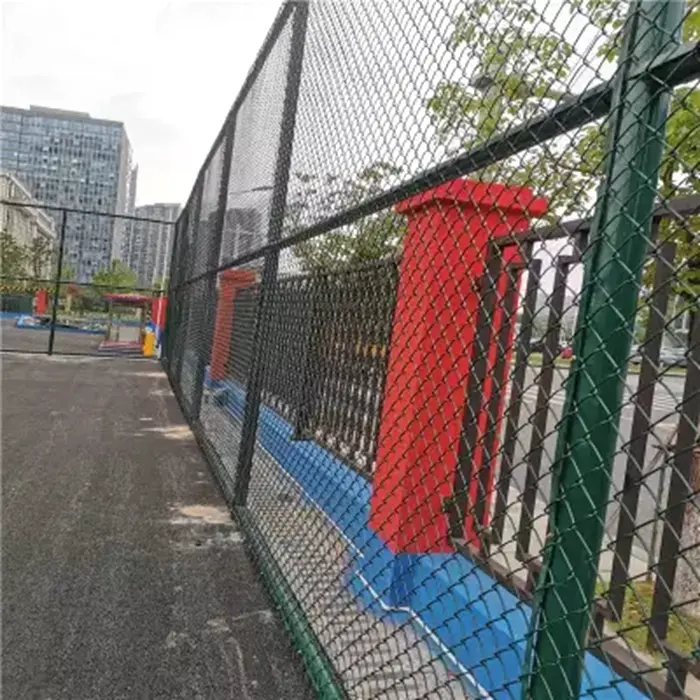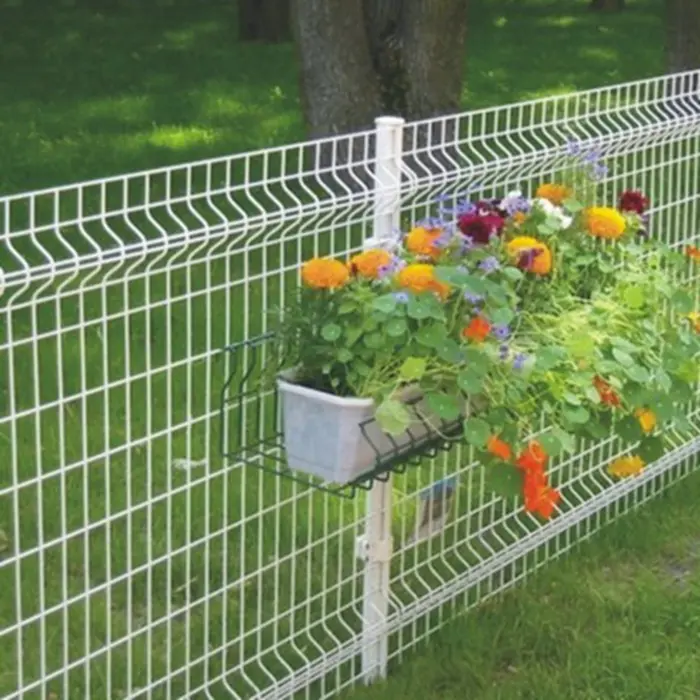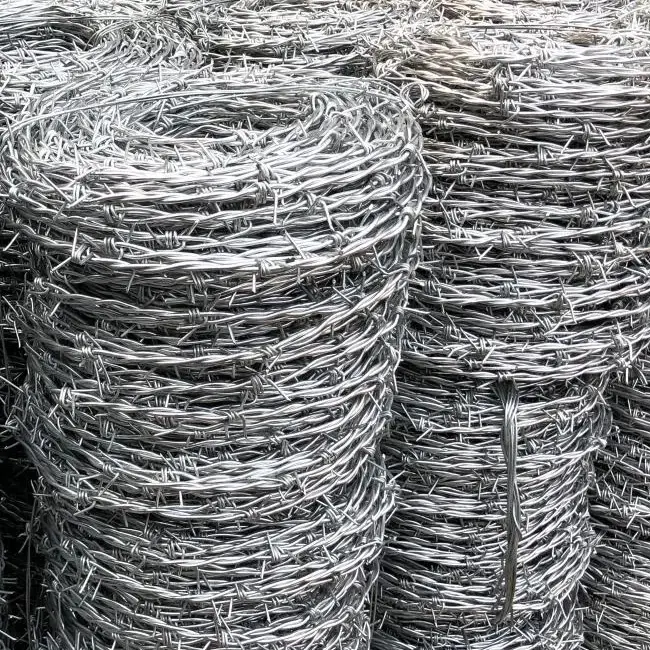Ang welding fence ay tumutukoy sa proseso ng pagtatayo metal na bakod using welding techniques to join individual components, such as rails, posts, and panels. This method ensures a strong, durable, and long-lasting structure, making it ideal for security, privacy, and boundary demarcation. Typically made from materials like steel, iron, or aluminum, welded fences are resistant to weathering, corrosion, and physical impact, especially when treated with protective coatings like galvanization or powder coating. Their robust construction and adaptability make them a preferred choice for perimeter fencing solutions in both commercial and industrial settings.
Compared to prefabricated or bolted fences, high security perimeter fencing like welded fence provides superior strength and stability, making them suitable for high-security areas like prisons, military sites, or industrial facilities. Additionally, their aesthetic appeal allows for decorative designs, blending functionality with visual appeal. Proper installation and maintenance ensure that perimeter security fence solutions remain robust and effective for decades, offering long-term reliability and peace of mind.
Gaano Katagal Tatagal ang Welded Wire Fence?
A welded wire fence typically lasts between 15 to 30 years, depending on material quality, environmental conditions, and maintenance. Fences made from galvanized steel tend to last the longest (20-30 years) due to their rust-resistant coating, while non-galvanized or lower-quality wire may deteriorate in 10-15 years. Powder-coated fences offer additional protection against corrosion and UV damage, extending their lifespan further. For enhanced durability and corrosion resistance, consider using stainless steel welded wire mesh panels, which provide superior strength and longevity even in harsh environments.
Harsh weather, such as heavy rain, snow, or coastal salt air, can accelerate rust and weaken the fence over time. Regular inspections for rust, loose welds, or bent wires help prolong its durability. If damage occurs, prompt repairs—such as applying rust-resistant paint or replacing broken sections—can prevent further degradation. Proper installation, including secure posts and tensioning, also plays a key role in longevity. For applications requiring lightweight yet durable fencing, PVC weld mesh offers an excellent alternative, combining flexibility with resistance to environmental wear. Overall, with good maintenance and the right material choice, a welded wire fence can remain functional and sturdy for decades.
Paano Mo Panatilihin na Masikip ang Welded Wire Fence?
Upang mapanatili ang isang mahigpit na welded wire fence, ang wastong pag-install at pana-panahong pagsasaayos ay mahalaga. Magsimula sa pamamagitan ng pagtitiyak ng matibay, maayos na naka-angkla na mga poste (metal o ginamot na kahoy) na may pagitan na hindi hihigit sa 8-10 talampakan upang maiwasan ang sagging. Ang pag-stretch ng mesh nang mahigpit sa panahon ng pag-install gamit ang fence stretcher o come-along tool ay nakakatulong na maalis ang malubay.
Sa paglipas ng panahon, ang pagkawala ng panahon at pag-igting ay maaaring maging sanhi ng pagluwag ng bakod. Ang muling paghihigpit sa wire gamit ang mga tension band o wire clip ay maaaring magpanumbalik ng katigasan. Ang pagdaragdag ng mga pahalang na riles ng suporta sa pagitan ng mga post ay nakakatulong din na ipamahagi ang tensyon nang pantay-pantay. Para sa dagdag na katatagan, i-secure ang ilalim ng bakod gamit ang ground stakes o isang tension wire upang maiwasan ang mga hayop o mga labi na itulak ito palabas. Ang mga regular na inspeksyon at menor de edad na pagsasaayos ay tinitiyak na ang bakod ay nananatiling mahigpit at ligtas sa loob ng maraming taon.



